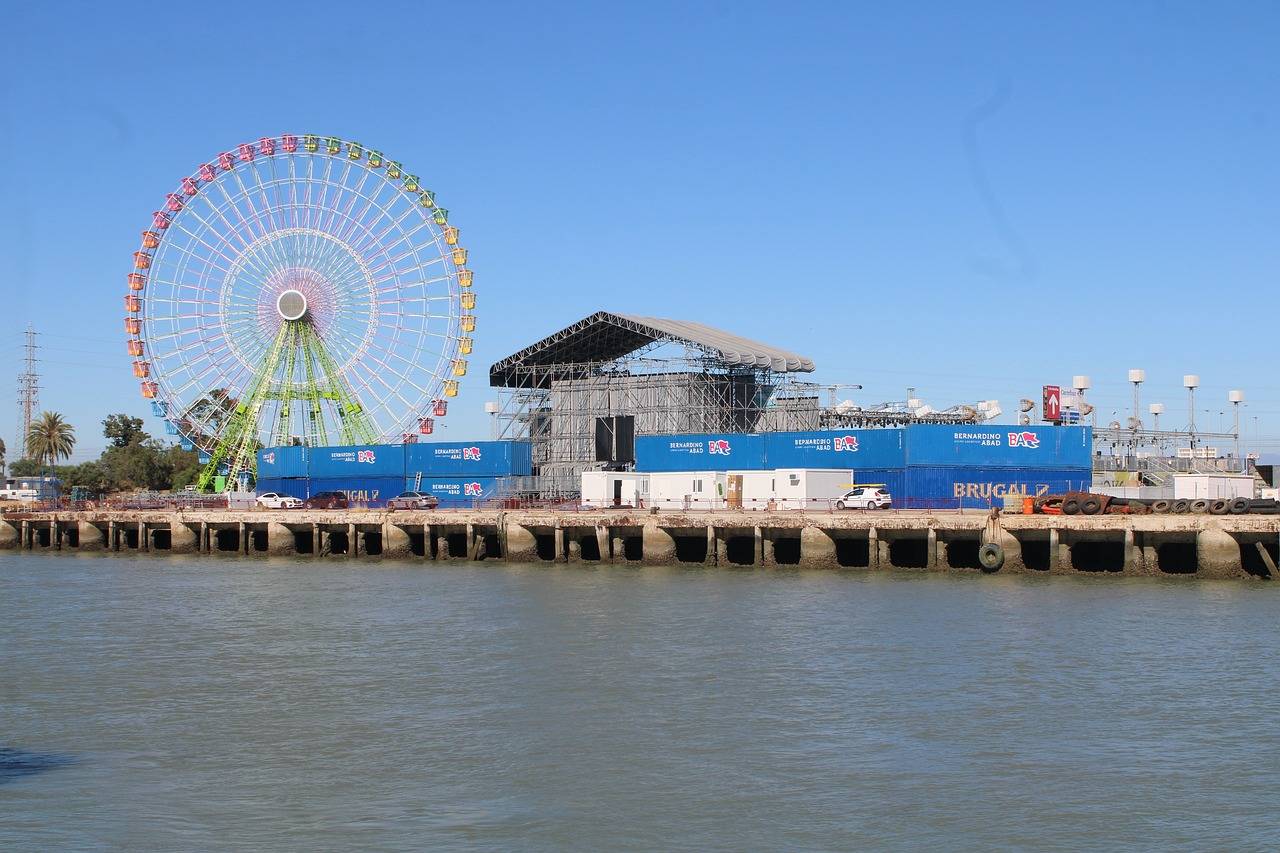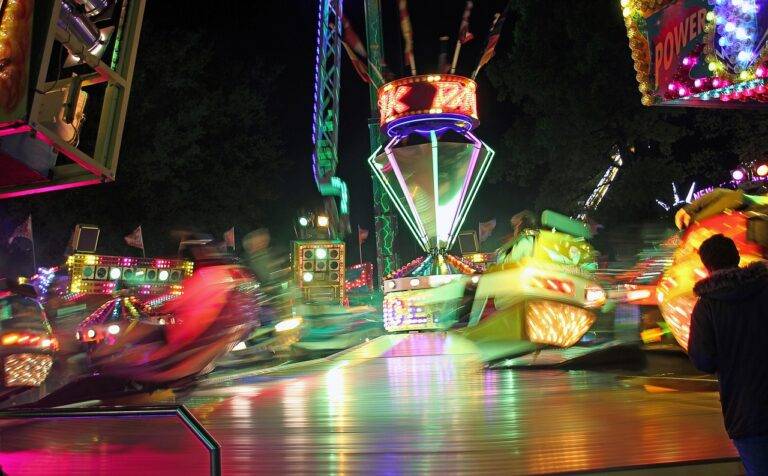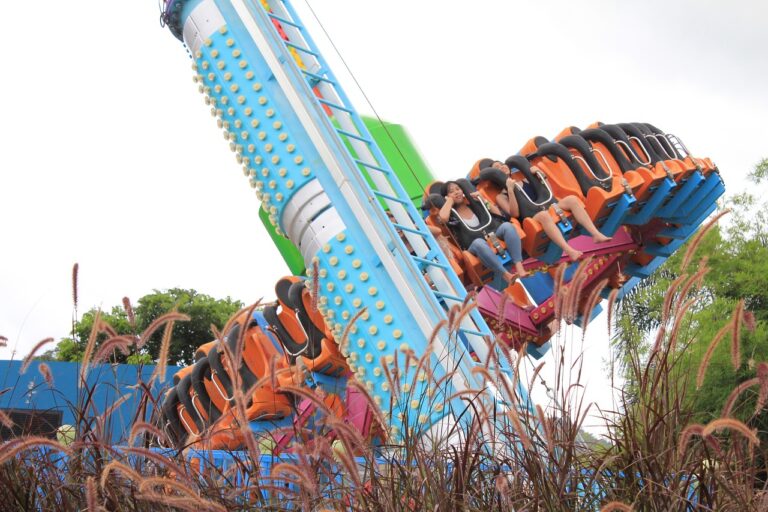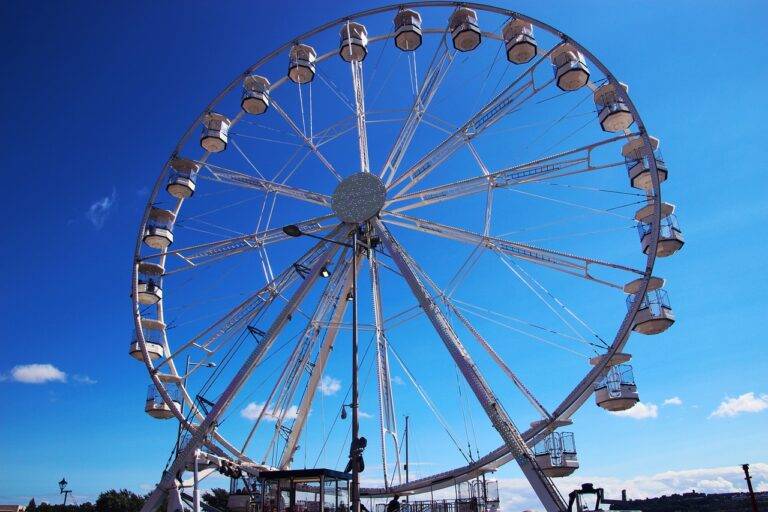The Role of Production Design in Creating Iconic Movie Sets
Production design is a crucial aspect of filmmaking that encompasses a range of elements to create the desired visual aesthetic of a film. One key element is the art direction, which involves creating and overseeing the overall look of the film, from the sets and props to the costumes and makeup. Art direction sets the tone and style of the film, conveying important information about its setting and characters.
Another important element of production design is set design, which involves designing and decorating the physical spaces where the action takes place. The set should not only be visually appealing but also functional, allowing the actors to move and interact with the environment seamlessly. From the choice of furniture to the placement of props, every detail must be carefully considered to ensure that the set enhances the storytelling and immerses the audience in the world of the film.
The Influence of Production Design on Setting the Mood
Production design plays a crucial role in establishing the mood of a film or show. Through the careful selection of set pieces, props, and lighting, production designers can create a visual atmosphere that enhances the emotional impact of a scene. The colors, textures, and overall aesthetic of a set can evoke various feelings in the audience, helping to immerse them in the story being told.
In addition to setting the mood, production design can also provide subtle cues to the audience about the characters and the world they inhabit. The design choices made for a character’s living space, for example, can reveal their personality traits, socioeconomic status, or even their emotional state. By paying attention to these visual details, viewers can gain a deeper understanding of the story and the characters, enriching their overall viewing experience.
Utilizing Color Theory in Production Design
Color theory plays a vital role in production design, as it has the power to evoke specific emotions and set the tone for a scene. Different colors can convey distinct moods and feelings, such as warmth, coolness, excitement, or calmness. By strategically selecting colors for sets, costumes, and props, production designers can enhance the overall atmosphere of a film or TV show.
In addition to eliciting emotions, colors can also help differentiate between characters or highlight key elements within a scene. Through the careful consideration of color schemes and palettes, production designers can guide the viewer’s focus and create visual cohesion throughout a project. By harnessing the principles of color theory, designers can elevate the storytelling experience and leave a lasting impact on the audience.
What is production design?
Production design is the process of creating the overall look and feel of a film, TV show, play, or other production. It involves the use of visual elements such as sets, props, costumes, and lighting to help tell the story and set the mood.
How does production design influence the setting of the mood?
Production design plays a crucial role in setting the mood of a production. By carefully choosing elements like colors, textures, and lighting, production designers can create a specific atmosphere that enhances the storytelling and evokes certain emotions in the audience.
How can color theory be used in production design?
Color theory is a fundamental concept in production design that helps designers create visual harmony and convey specific emotions. By understanding the psychological effects of different colors, designers can use them strategically to enhance the mood and tone of a production.
Can production design impact the audience’s perception of the characters and plot?
Yes, production design can greatly influence how the audience perceives the characters and plot of a production. The visual elements chosen by the production designer can help to communicate important information about the characters, their relationships, and the overall story.





